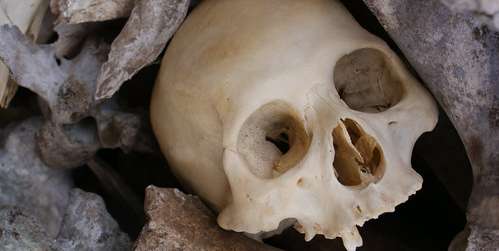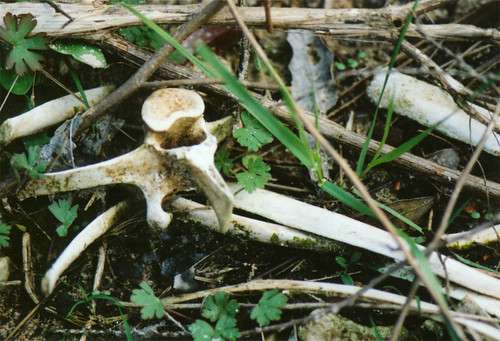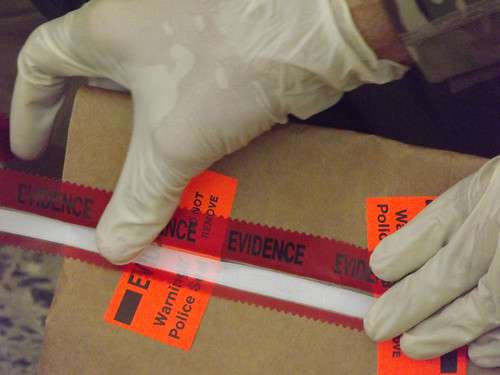
Spectrophotometric instruments are opening up the possibilities for precision in forensic investigations involving skeletal remains. Image Source: Flickr user Dallas Krentzel
Television shows like Law and Order, Forensic Files, and CSI have introduced forensic science to popular audiences and dramatically demonstrated the importance of establishing time of death, or post-mortem interval (PMI), in order to solve crimes. However, PMI is more than a plot device; accurate evaluation of time of death is critical to creating an accurate timeline of events, identifying or eliminating suspects, and providing vital information regarding the circumstances surrounding the end of a person’s life. In cases of unknown remains, PMI may also facilitate identification. Not only does PMI play a central roles in criminal investigations and the ability to bring criminals to justice, it also helps loved ones fill in the blanks regarding their loss and find the closure they need to begin the healing process. As technological advances increasingly perfect the precision of forensic investigations, spectral analysis is expanding the possibilities for determining PMI in challenging conditions.

Exposure to the elements can hasten decomposition and remove vital clues regarding time of death. Image Source: Flickr user Random McRandomhead


